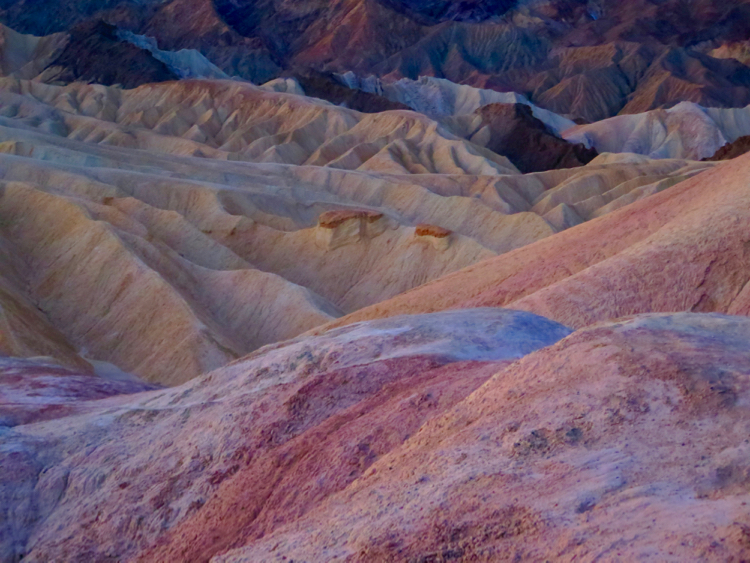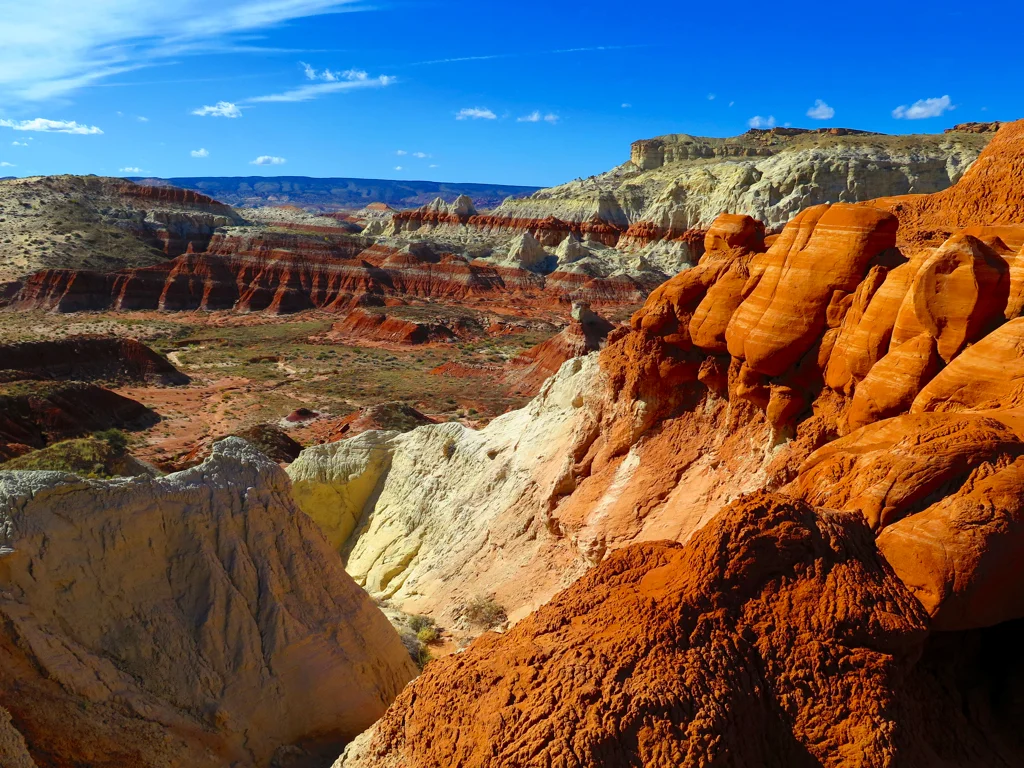Fish in the Desert
Despite the record storms hammering California we’ve been basking in 80 degree sunshine, which has made it quite hard to sit inside and look at a computer. But today it is raining so I’m taking advantage of the forced indoor time to update you on our last few weeks. We did indeed return for a third stay in Death Valley, bringing our total time in this park to just shy of four weeks. Our buddies were still there, and around campfires and picnic tables, the subject of Ash Meadows National Wildlife Refuge kept coming up. We’d driven past it twice and it didn’t look that promising from the road but our friends kept saying how beautiful it was so we decided to check it out.
Ash Meadows is the largest remaining oasis in the Mojave Desert. It was used for ranching for decades and by the 1980’s the area was slated to be developed into a city along the lines of Las Vegas, with hotels, condos and casinos. A public outcry and help from the Nature Conservancy shifted the tide and created the refuge. It is certainly a highly significant one in the refuge system as it is home to the largest number of endemic (found nowhere else on earth) species in the US. Plus, Ash Meadows has an awesome visitor's center, which is great for two nerds like us!
Seasonally speaking, it was not the best time of year to see wildlife, though we kept our eyes peeled for bighorn sheep, to no avail. No matter though, because what we really wanted to see, were pupfish, and we were not disappointed. I had no clue pupfish existed until our first visit to Death Valley in November. We were disappointed not to see them on that trip, and when we heard from our buddies that we should have no problem spotting them in Ash Meadows, we were eager to hit the trail.
There are three species of pupfish found in Ash Meadows, and all three are on the endangered species list. These are tiny fish, around an inch long, so spotting them can be a challenge, but fortunately for us they had donned their spring mating color, electric blue. Our first opportunity was at Crystal Spring, a Caribbean blue perennial spring. It took some time, but we were thrilled to finally spot the little dudes darting about the bottom.
Our next stop of the day took us to Devil's Hole, a fenced off area that is actually part of Death Valley NP even though it is surrounded on all sides by the refuge. Home to the Devil's Hole pupfish, this geothermal formation is heavily fenced because there are so few of these pupfish remaining. Plus, it's an ominous and deep cavern in which I can easily see some knuckleheads trying to swim or dive! Because of the distance and the wee size of the pupfish, we were not able to spot the Devil's Hole variety. Our last stop was Point of Rocks where we were able to see the pupfish feeding on algae just a few feet away from the shore!
I suspect a few of you might be reading this and thinking those two have lost their minds out there in the desert, away from civilization all these months. Why the heck are they so enthralled with pupfish? Well, it's pretty simple, really. Pupfish are "living fossils” they evolved from fish that inhabited the massive lakes that covered the area tens of thousands of years ago. As the lakes disappeared so did most of the species in the region, but a small number of fish evolved to live in the salty, hot, seasonal waters of the desert. They are essential in terms of scientific study, and they are one more animal that we may lose forever if we don't continue to work hard to protect them and the places that they live.
In addition to being home to the wonderful pupfish, in the spring and fall Ash Meadows is also a stopping point on the Great Pacific Flyway. We were a bit early for good birding but the walks we took through the alkali meadows were filled with peace and contentment, and gratitude for the wonderful wild places that remain in our country.
We wrapped up our stay in Death Valley by sharing a few campfires and an excellent dinner with new friends from Kansas City, Pete and Christine. Once the clouds rolled in and an unruly troop of Boy Scouts descended on the campground, we realized it was time to head south, back to the Fountain of Youth for one last soak.
We've been back in our favorite RV park for almost a week, catching up with friends here, enjoying the hot pools and basking in the sunshine. Last night we learned a new game, rummy sticks, which we played for hours with our friends from Alberta, Joanne and Tracy. Now, though, it's raining, which means Alanna is off to the craft room to work on her quilt and I write and read. Not a bad life.









































































































